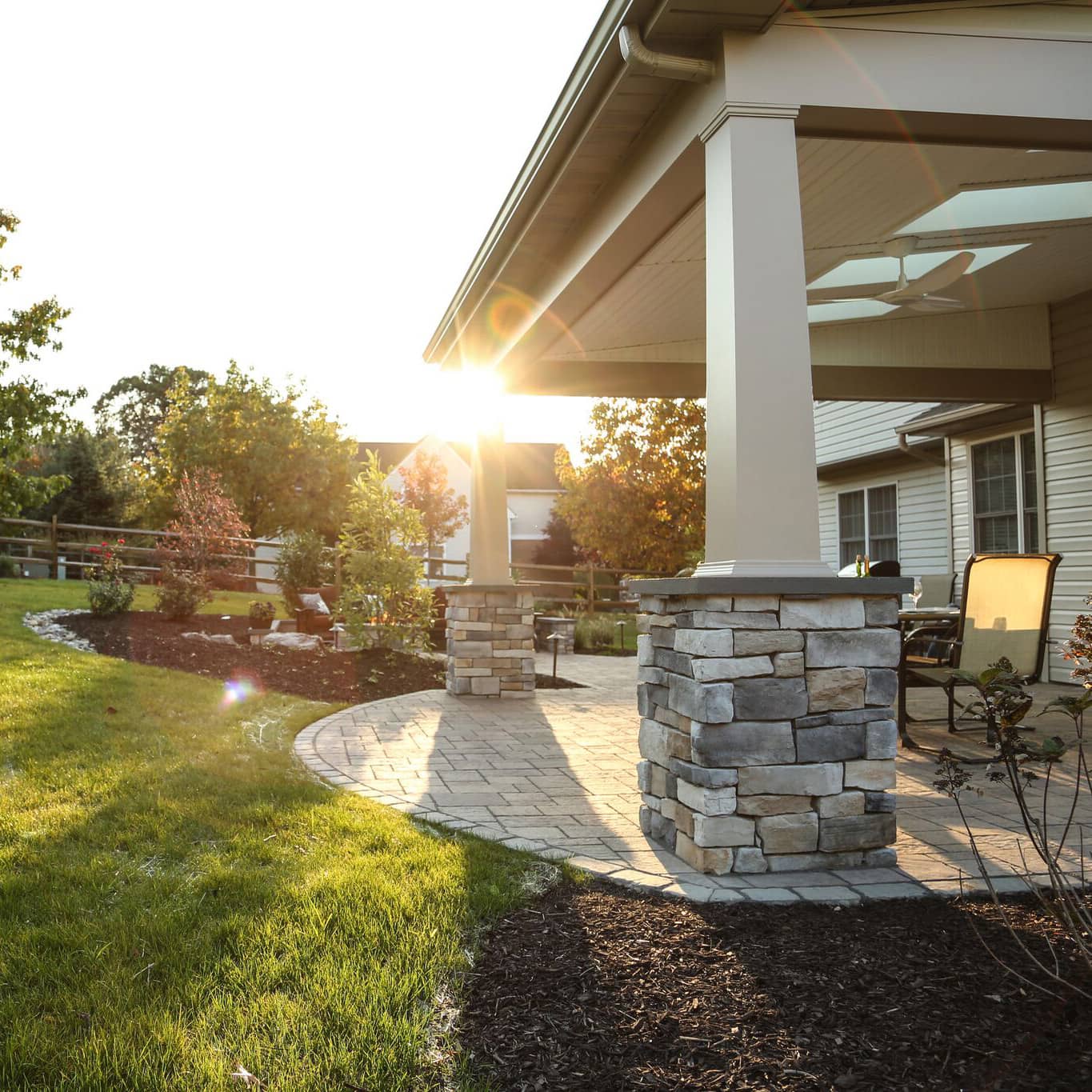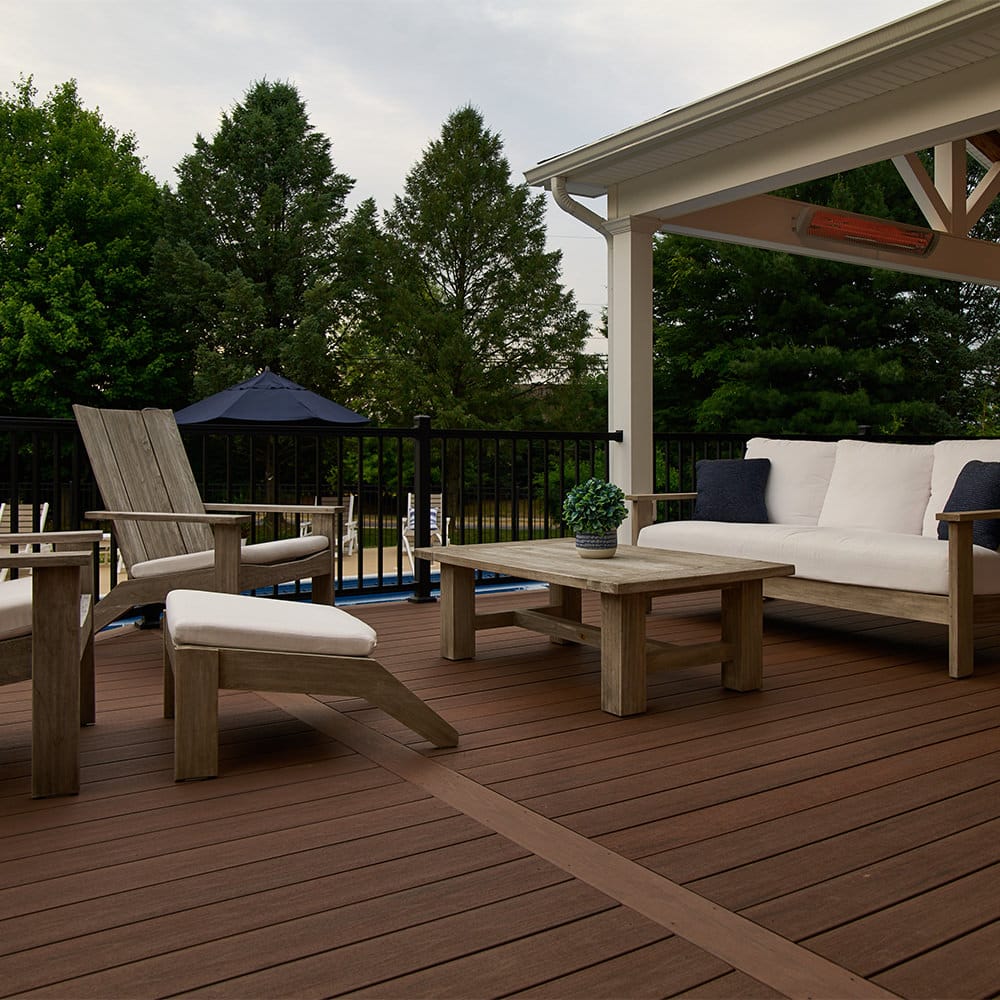Landscape Spotlight: Ostrich Fern, ‘matteuccia struthiopteris’
Posted January 24, 2019 in Plant and Tree
If you’ve seen one fern, you’ve seen them all, right? Well, kind of. While ferns are very recognizable in the landscape, there are plenty of varieties and colors to get your attention and plenty of different growing requirements to suit each nook and cranny of your landscape. However, for the purpose of this Landscape Spotlight, we would like to highlight the Ostrich Fern, as it can be a beautiful solution to those troublesome planting areas you just don’t know what to do with!
Taking a glance at the ostrich fern, it does look like the quintessential fern since it’s green, flowy and delicate, but this plant excellently bridges the gap between areas of full sun and full shade within the landscape. Native to the northern United States, Europe, China and Japan, this playful plant is hardy to -40° F, giving it a broad hardiness spectrum from zones 3-8 (find your zone here).
Though this plant looks delicate, it is quite tough and can grow in the most unappealing wet and shaded spots in the landscape. Ostrich ferns prefer medium to wet, slightly acidic soils and absolutely love areas of full or partial shade. These clump-forming plants have an upright growth habit and can reach heights of up to 6’ with a comparable spread! Its stately large upright fronds tend to resemble ostrich plumes, hence the name. While this plant spreads by underground rhizomes, a few plants can turn into colonies from season to season, if given the proper growing conditions. And given these perfect environments, this plant’s lush growth perfectly suits areas in the landscape where hardly anything is successful. Whether your backdrop is a deep shaded corner of the backyard or along a private section of shaded stream, this landscape spotlight will thrive and bring life to an otherwise morose landscape each season!
One interesting tidbit of information about the ostrich fern is that it has somehow found its way into the kitchens of artisanal chefs! Now, we haven’t had the personal privilege of this dining delicacy, but it is reported that of all the wild edible plants out there, fiddlehead ferns are some of the most unique and flavorful! A fiddlehead fern is a general description of young fern fronds, which have not yet unfurled and resemble the spiral end of a violin. Fiddleheads are generally gathered in early spring and should be harvested as early and tightly curled as possible because they become less palatable as they unfurl and mature.
In preparation, the fiddleheads must be washed and have their outer scruff removed. The cooking method is in the hands of the chef, as these wild edibles can be steamed, boiled, sautéed, stir-fried, baked…the possibilities are endless for this supposedly asparagus-green bean-okra cross. Doing a quick Google search will produce a myriad of recipes, but it seems that the most popular also involve bacon, garlic and mushrooms. Just another example of bacon helping anything taste absolutely amazing!
Outside of the kitchen, the young fiddleheads add an interesting natural structure to the landscape. Even when they start to unfurl, its hard to find anything to match their uniqueness. Once mature, the plant will continue to flourish the rest of the summer, giving the gift of a visual sweet sway and the gentle rustling sound in the slightest of breezes. Come late summer and into the winter when the large infertile fronds fall away, smaller rust-colored fronds will emerge in the center of each clump, which have an important job at hand. These new fertile fronds are covered by tiny spores that act as the seeds to help it geologically spread to other areas. These cinnamon-colored fronds will remain through the colder months, providing a new vertical and textural interest to the winter landscape and provide a seasonal cover and hiding opportunities to ground frequenting birds and other wildlife.
While this deciduous beauty may not be the showiest or exciting addition to our landscape spotlight gamut, we hold it in high regard for its reliability, durability and versatility in unison with its function and aesthetic in the most unpleasant of landscapes. Pair the ostrich fern with other moist-soil, shade to partial-shade loving plants like iris, anemone and rush and your once barren landscape thrive with appealing verdure.
Serving the Poconos, Lehigh Valley through the Main Line of Philadelphia and western New Jersey, MasterPLAN Outdoor Living would love to experience your backyard transformation journey together to create an outdoor living space that you are sure to love. Let’s explore all the options to uncover the true potential of your property, perfectly suited for you, your family and your lifestyle! Working together through the custom design of your space and watching the dream come to life during construction should be an enjoyable experience and we would love to welcome you into the MasterPLAN family. When you are ready to open a conversation about the possibilities for your backyard, reach out to MasterPLAN, we are ready to listen!
Join Our Newsletter
Stay up to date with what is happening with MasterPLAN Outdoor Living.
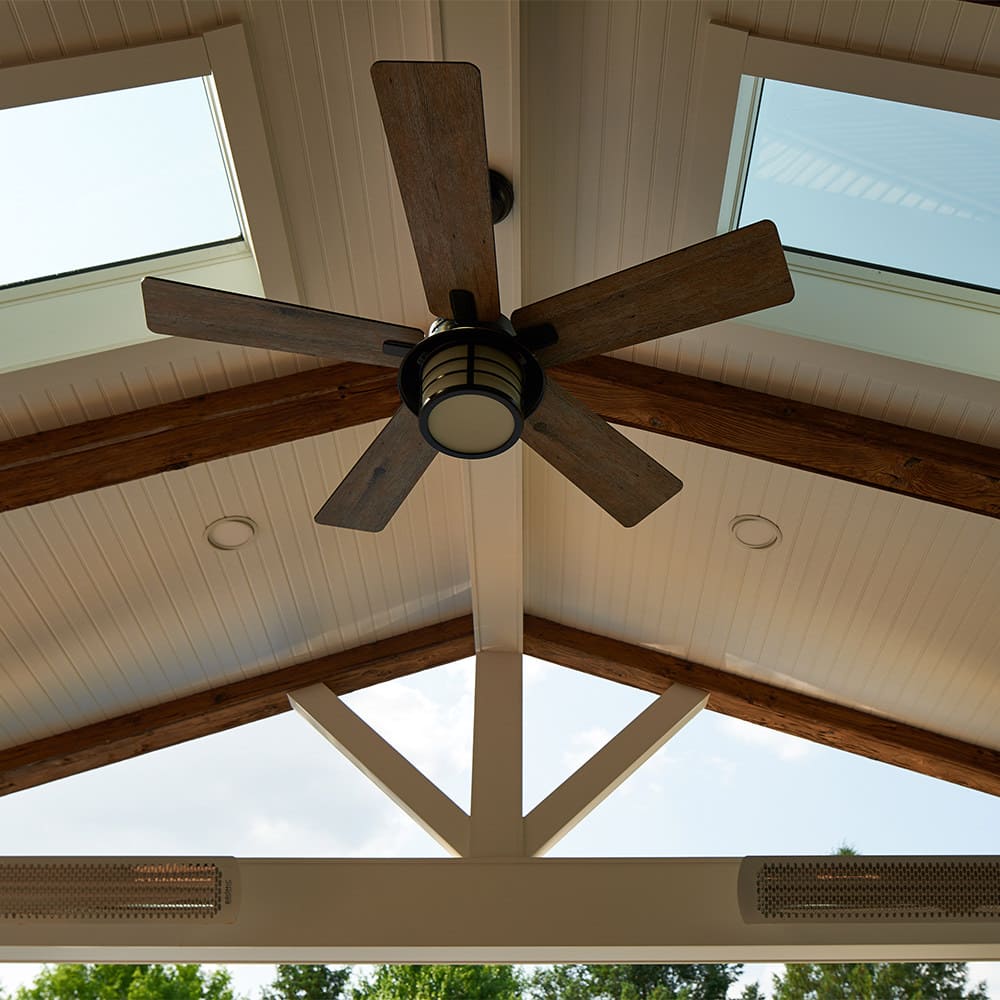
A beautiful balance between the barnwood clad beams and ceiling fan against the crisp, clean, white Azek and tongue & groove ceiling provide a modern rustic feel to this outdoor living space.

Have you ever seen fiber optics incorporated into a concrete bar top?! Check out this amazing and custom MasterPLAN feature…
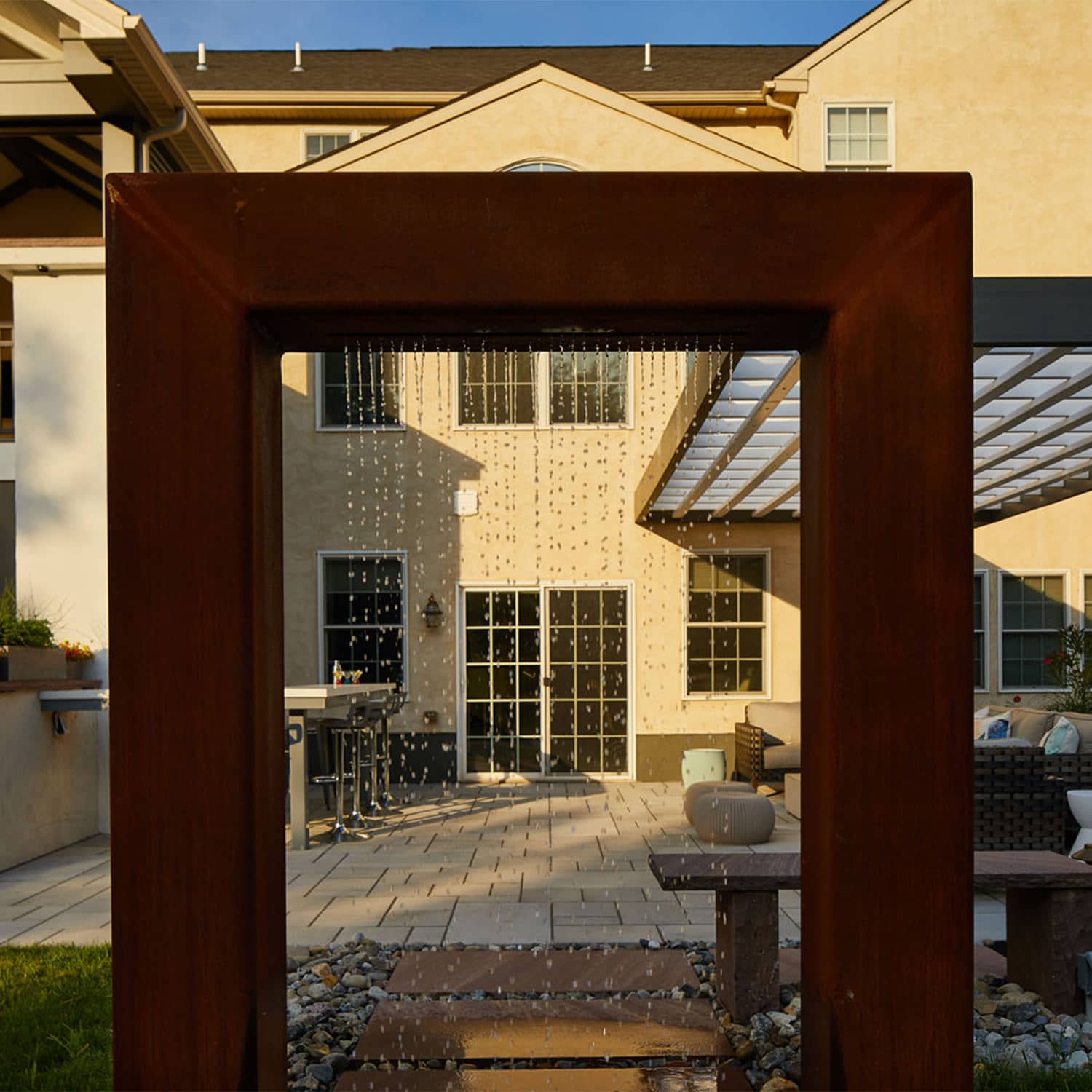
Perfect placement is everything, especially when it comes to focal points when viewed from inside the home!

When the sun sinks low, MasterPLAN projects come to life!
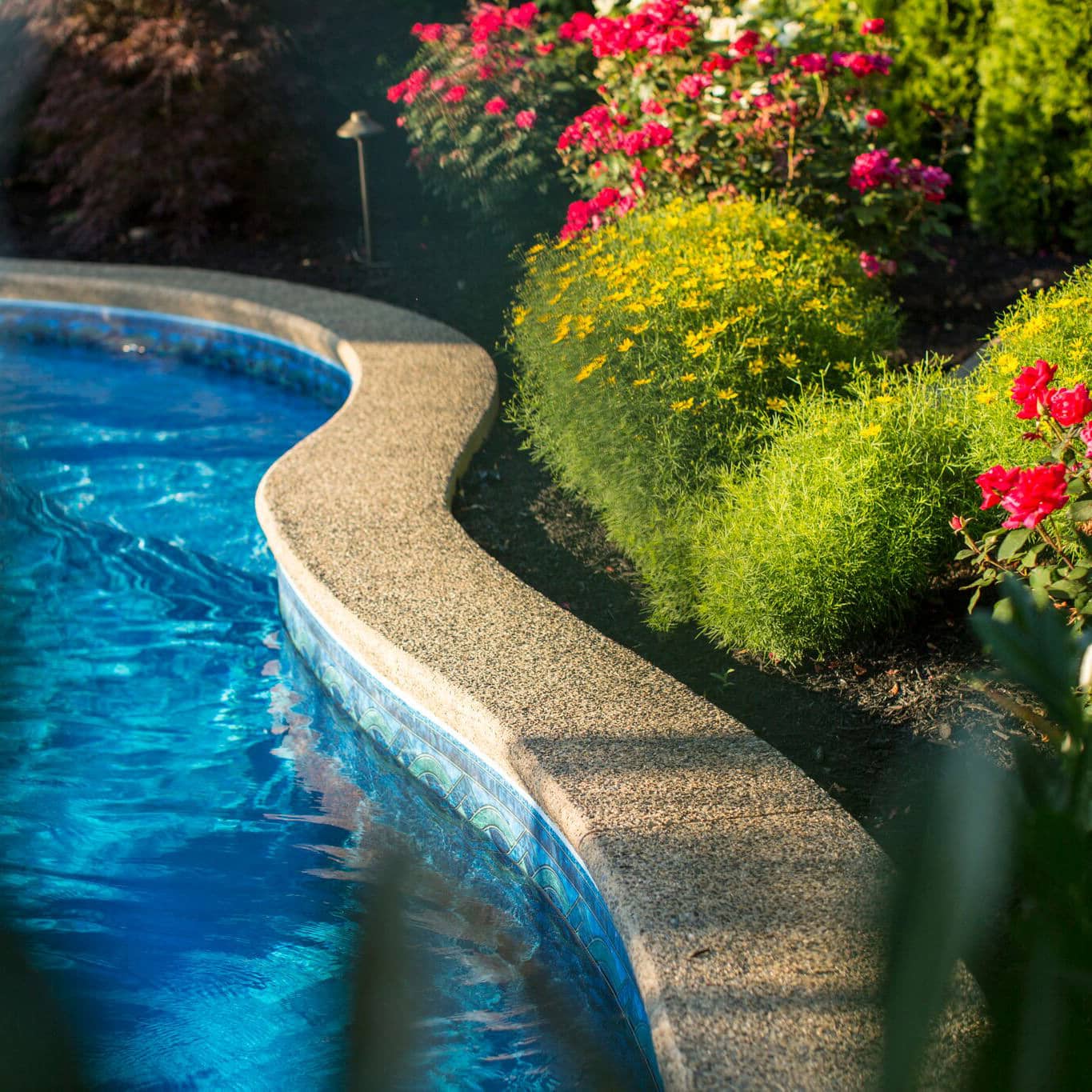
This Macungie landscape design provides the perfect balance for this professional couple and their young family…

Carefully crafted outdoor living spaces take all elements of a design into consideration, down to the details of every cabinet handle!

This covered seamless transition deck allows you to be on a family vacation with the open swing of the french doors!





